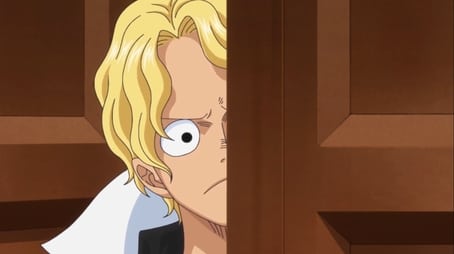
Sorry, we have not watched this yet.

After sneaking into the Land of the Gods, Sabo sees the shocking figure of his friend – Kuma! Abused by the World Government as a pawn in their games, Kuma, who was made an example of what happens when you disobey the gods!
Sorry, we have not watched this yet.